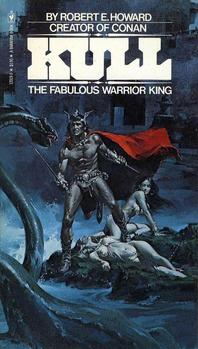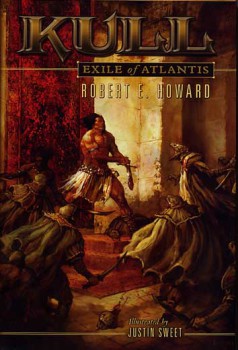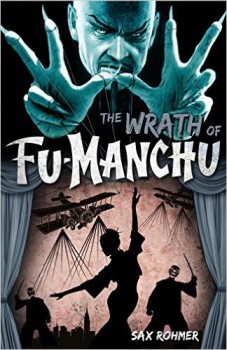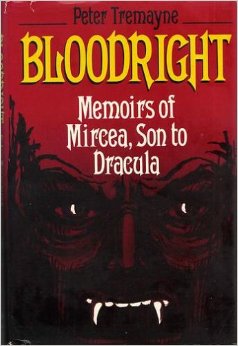Celebrating the 220th Anniversary of the Wold Newton Event
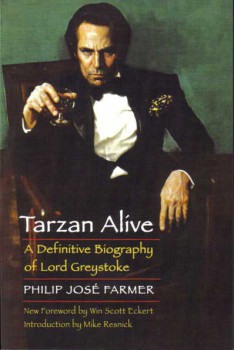
 I have never disguised the fact that my fiction as well as much of my reading selections have been influenced by Wold Newton scholars. Whether one enjoys delving into the deeper world of holistic literary theories or not, there is so much information to be mined and speculation to consider that one could spend a lifetime devouring all of it. One of the foremost Wold Newton scholars active today, Win Scott Eckert today launches a new website on this, the 220th anniversary of the Wold Newton Event. woldnewtonfamily.com was created to provide “accurate and factual information on the canonical works by Philip José Farmer and on deuterocanonical works authorized by Mr. Farmer or his Literary Estate.” The following article defining what exactly is a Wold Newton tale was co-authored by Mr. Eckert with his fellow distinguished scholar and continuation author, Christopher Paul Carey. Thank you to John O’Neill for kindly allowing me to reprint their work here in commemoration of this important day for Wold Newtonians.
I have never disguised the fact that my fiction as well as much of my reading selections have been influenced by Wold Newton scholars. Whether one enjoys delving into the deeper world of holistic literary theories or not, there is so much information to be mined and speculation to consider that one could spend a lifetime devouring all of it. One of the foremost Wold Newton scholars active today, Win Scott Eckert today launches a new website on this, the 220th anniversary of the Wold Newton Event. woldnewtonfamily.com was created to provide “accurate and factual information on the canonical works by Philip José Farmer and on deuterocanonical works authorized by Mr. Farmer or his Literary Estate.” The following article defining what exactly is a Wold Newton tale was co-authored by Mr. Eckert with his fellow distinguished scholar and continuation author, Christopher Paul Carey. Thank you to John O’Neill for kindly allowing me to reprint their work here in commemoration of this important day for Wold Newtonians.
A Wold Newton tale must involve a character whom Philip José Farmer identified as a member of the Wold Newton Family, and/or it must add to our knowledge of the secret history that Farmer uncovered, which has come to be known as the “Wold Newton Universe.” It can also be a crossover story, but that is not required.
In recent years, generic crossover stories have come to be mistakenly referred to as “Wold Newton” tales. A mere crossover is not enough. With this in mind, a primer on Farmer’s discoveries regarding the Wold Newton Family is in order.

